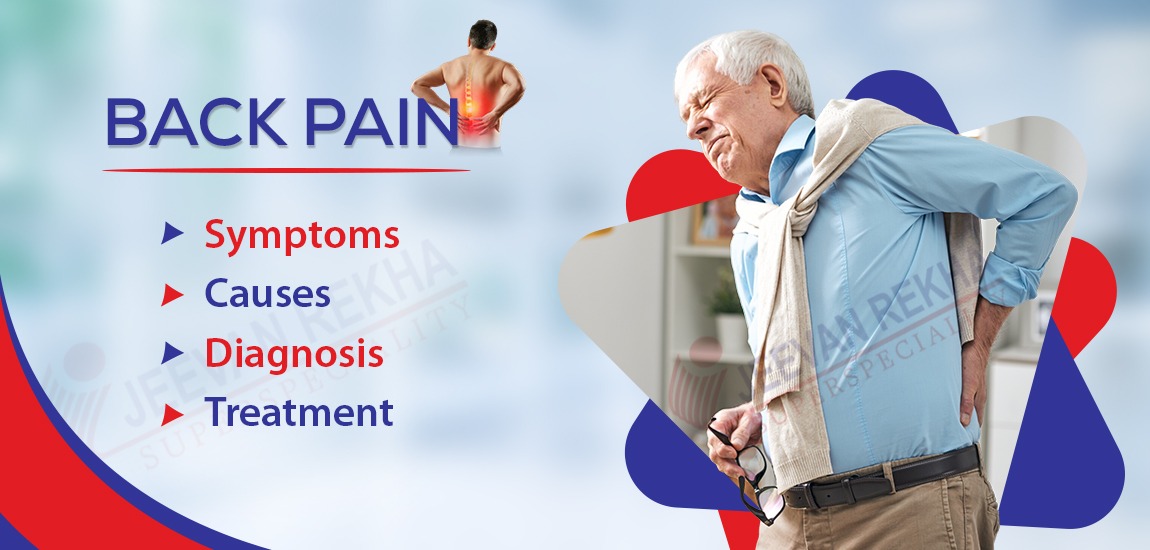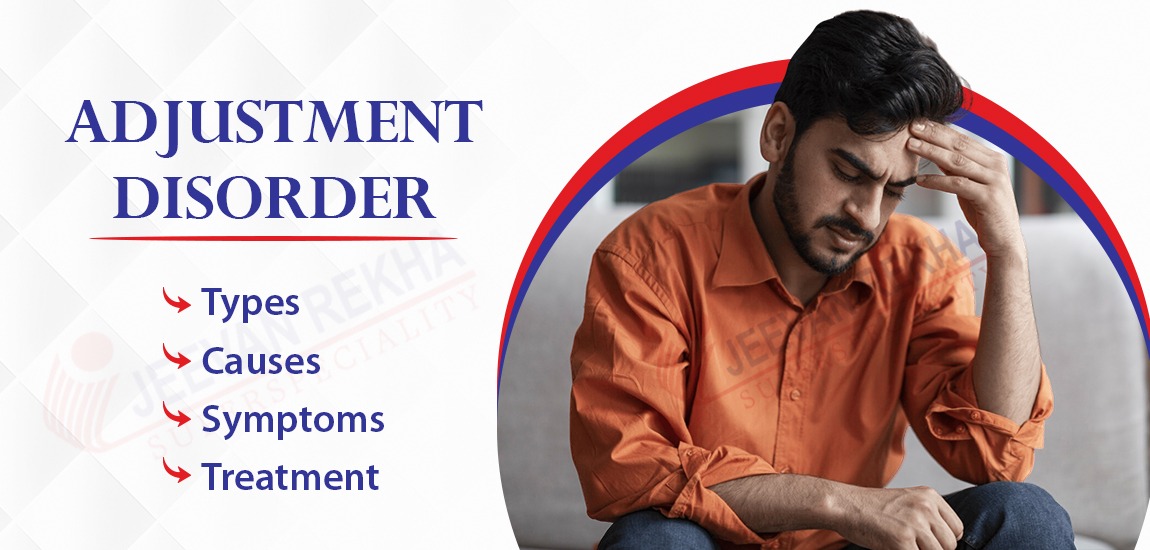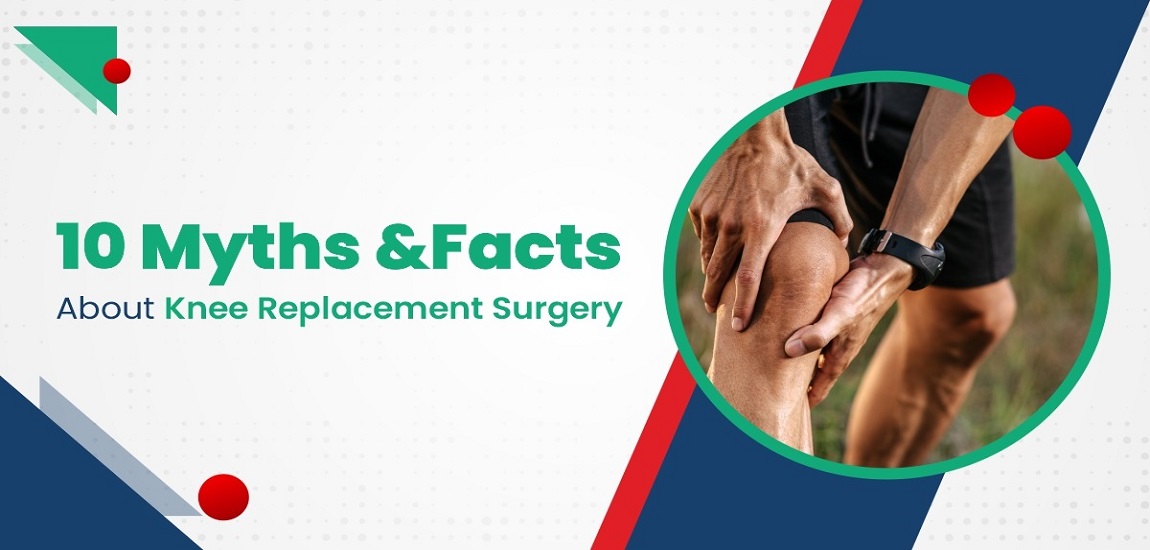
- By Admin
- In Health and Tips,
- Posted March 15, 2024
Back Pain: Symptoms, Causes, Diagnosis, and Treatment
What is Back Pain?
Back pain refers to discomfort or pain in the region of the back, ranging from the neck to the lower spine. It may be chronic, continuing for months or even years, or acute, lasting only a short while.
Back pain can result from various factors, including muscle strain, ligament sprains, structural problems like herniated discs or spinal stenosis, injury, poor posture, or underlying medical conditions. It is one of the most common reasons for visits to healthcare professionals and can significantly affect daily activities and quality of life.
Causes of Back Pain
There are many causes of back pain, including:
- Muscle or ligament strain: Overstretching or tearing of muscles or ligaments in the back due to sudden movements, improper lifting of heavy objects, or poor posture.
- Structural problems: Conditions such as herniated discs, bulging discs, spinal stenosis (narrowing of the spinal canal), arthritis, osteoporosis, and scoliosis can lead to back pain.
- Injury: Trauma from accidents, falls, or sports injuries can damage the spine or surrounding tissues, resulting in pain.
- Poor posture: Prolonged sitting or standing in positions that strain the back muscles can contribute to pain over time.
- Repetitive movements: Activities or occupations that involve repetitive movements or heavy lifting can strain the back and lead to pain.
- Obesity: Excess weight stresses the spine and can contribute to back pain.
- Ageing: Degenerative changes in the spine, such as wear and tear on the discs and joints, are common as people age and can cause back pain.
- Medical conditions: Certain medical conditions like fibromyalgia, kidney stones, infections, tumours, and inflammatory diseases can cause back pain as a symptom.
- Psychological factors: Stress, anxiety, and depression can contribute to the perception and intensity of back pain.
Symptoms of Back Pain
Back pain symptoms can vary depending on the underlying cause and the individual's condition. However, common symptoms associated with back pain include:
- Dull, aching sensation in the back: This is the most typical symptom of back pain, which can range from mild to severe and may be constant or intermittent.
- Stiffness and limited range of motion: Back pain may be accompanied by stiffness in the muscles or joints of the back, making it difficult to move or bend.
- Sharp or shooting pain: Some individuals may experience sharp, shooting pain that radiates from the back to the buttocks, legs, or feet, particularly in cases of nerve compression or irritation.
- Pain worsened by certain activities: Back pain may be aggravated by specific movements, such as bending, lifting, or twisting, or by prolonged sitting or standing.
- Pain relief with rest: Resting in a comfortable position, such as lying down with knees bent or using supportive pillows, may alleviate back pain temporarily.
- Numbness or tingling: Compression of nerves in the spine can lead to sensations of numbness, tingling, or "pins and needles" in the back, buttocks, legs, or feet.
- Weakness: Some individuals may experience weakness or loss of muscle function in the legs or feet, especially if nerve compression is severe.
- Difficulty with daily activities: Severe back pain can interfere with daily activities such as walking, climbing stairs, or getting in and out of bed.
- Pain that persists or worsens: While acute back pain may improve with rest and conservative measures, chronic or persistent pain that does not improve with time may require medical evaluation and treatment.
Diagnosis of Back Pain
Diagnosing back pain typically involves a combination of medical history, physical examination, and, if necessary, diagnostic tests. Here's an overview of the diagnostic process for back pain:
1. Medical History: You will be asked to provide detailed information about your symptoms, including when the pain began, where it is located, how severe it is, any factors that aggravate or mitigate the pain, and any previous injuries or medical conditions.
2. Physical Examination: A thorough physical examination will be conducted to assess your posture, range of motion, muscle strength, and neurological function. The healthcare provider may also perform specific manoeuvres to identify areas of tenderness, muscle spasms, or nerve compression.
3. Imaging Tests: Depending on the suspected cause of back pain and the findings from the medical history and physical examination, imaging tests may be ordered. Common imaging studies used to diagnose back pain include:
● X-rays: X-rays can provide detailed images of the bones in the spine and may help identify fractures, arthritis, or structural abnormalities.
● MRI (Magnetic Resonance Imaging): MRI scans use powerful magnets and radio waves to produce detailed images of the soft tissues, including the spinal discs, nerves, and surrounding structures. MRI is particularly useful for detecting herniated discs, spinal stenosis, and other soft tissue abnormalities.
● CT (Computed Tomography) scan: CT scans provide detailed cross-sectional images of the spine and may be used to evaluate fractures, spinal tumours, or complex spinal abnormalities.
● Bone scan: A bone scan may be ordered to identify areas of increased bone activity, which can indicate conditions such as bone fractures or metastatic cancer.
4. Laboratory Tests: In some cases, blood tests may be ordered to rule out underlying medical conditions that could be contributing to back pain, such as infections, inflammatory diseases, or metabolic disorders.
5. Specialized Tests: Depending on the specific symptoms and suspected cause of back pain, additional specialized tests such as electromyography (EMG) or nerve conduction studies may be performed to assess nerve function and identify nerve-related issues.
Risk Factors of Back Pain
Risk factors for back pain include:
- Age: Older people are more likely to suffer from back pain.
- Lack of exercise: Inactivity can lead to weak muscles and an increased risk of injury.
- Excess weight: Being overweight or obese puts extra stress on the spine and can lead to back pain.
- Poor posture: Slouching or sitting incorrectly can strain the muscles and ligaments in the back.
- Heavy lifting: Improper lifting techniques can cause muscle strains and other injuries to the back.
- Smoking: Smoking can impair blood flow to the spine and reduce the body's ability to heal, increasing the risk of back pain.
- Genetics: Some individuals may be genetically predisposed to conditions like arthritis or structural abnormalities in the spine, which can contribute to back pain.
Treatments of Back Pain
Treatments for back pain may include:
- Rest and Activity Modification: Resting for a short period followed by a gradual return to activity, avoiding strenuous activities that worsen pain.
- Physical Therapy: Targeted exercises to strengthen back muscles, improve flexibility, and correct posture.
- Medications: Over-the-counter pain relievers such as ibuprofen or acetaminophen, and muscle relaxants or prescription pain medications as needed.
- Heat and Cold Therapy: Applying heat or cold packs to the affected area to reduce inflammation and alleviate pain.
- Chiropractic Care: Spinal manipulation and adjustments to improve spinal alignment and relieve pressure on nerves.
- Acupuncture: Pain alleviation and healing are achieved through the insertion of thin needles into specific points of the body.
- Injections: Corticosteroid injections into the affected area to reduce inflammation and provide pain relief.
- Minimally Invasive Procedures: Techniques such as nerve blocks or radiofrequency ablation to target specific nerves and provide long-lasting pain relief.
- Surgery: In severe cases or when conservative treatments fail, surgical procedures such as discectomy, laminectomy, or spinal fusion may be considered to address structural issues causing back pain.
Conclusion
Jeevan Rekha Hospital stands as a beacon of excellence in orthopaedic hospitals in Jaipur. With a dedicated team of highly skilled orthopaedic specialists, cutting-edge technology, and a patient-centric approach, we are proud to be recognized as the premier orthopaedic hospital in Jaipur. Our commitment to providing compassionate care, innovative treatments, and successful outcomes sets us apart.
At Jeevan Rekha Hospital, we prioritize the well-being and satisfaction of our patients above all else. From diagnosis to treatment and rehabilitation, our multidisciplinary team works tirelessly to ensure that every patient receives personalized care tailored to their unique needs. Our state-of-the-art facilities and advanced surgical techniques enable us to deliver superior results and restore mobility and quality of life to our patients.
With a legacy of excellence in orthopaedic care, Jeevan Rekha Hospital continues to set the standard for excellence in Jaipur and beyond. We are honoured to serve our community and remain dedicated to upholding our reputation as the best orthopaedic hospital in Jaipur. Trust Jeevan Rekha Hospital for exceptional orthopaedic care, where your health and well-being are our top priorities.
Tags
Blog Search
Latest Posts
-
Is Coconut Water Safe During Pregnancy? Benefits, Risks & Myths
January 08, 2026 -
Dark Circles Under The Eyes: Causes, Home Remedies and Treatments
December 21, 2025 -
बर्ड फ्लू के लक्षण, कारण, उपचार और बचाव के उपाय जानें
December 04, 2025 -
Best Diet Plan for Menopause Weight Management
November 25, 2025 -
Pulmonary Fibrosis Treatment: Understanding Lung Scarring and Breathing Problems
November 21, 2025




